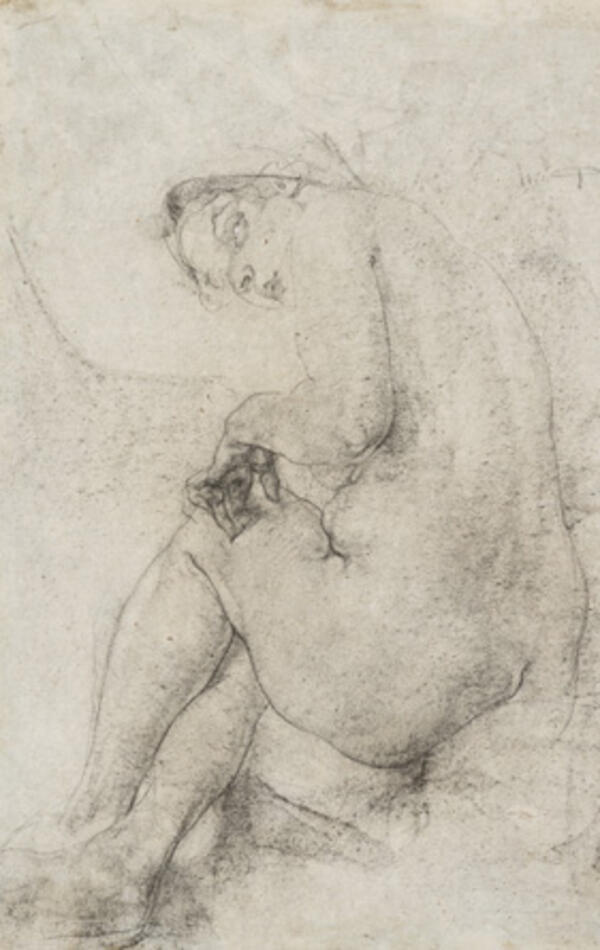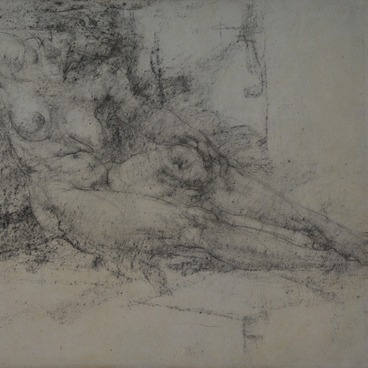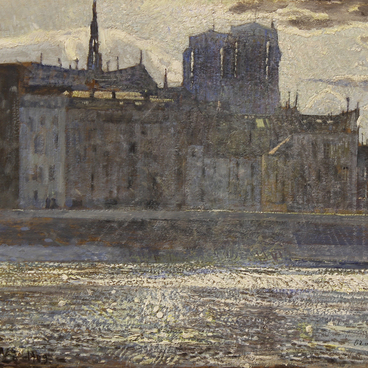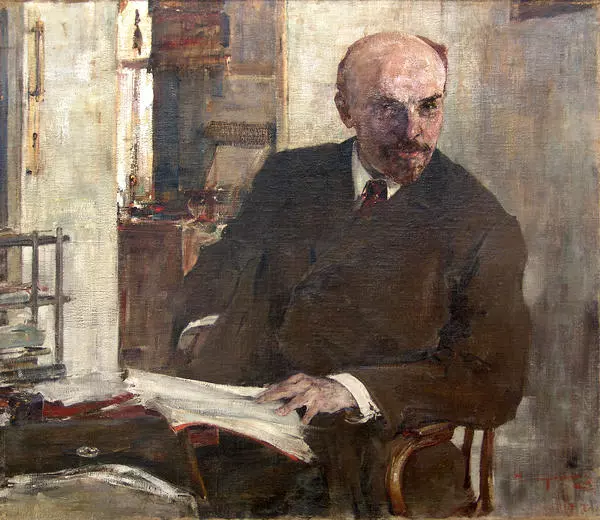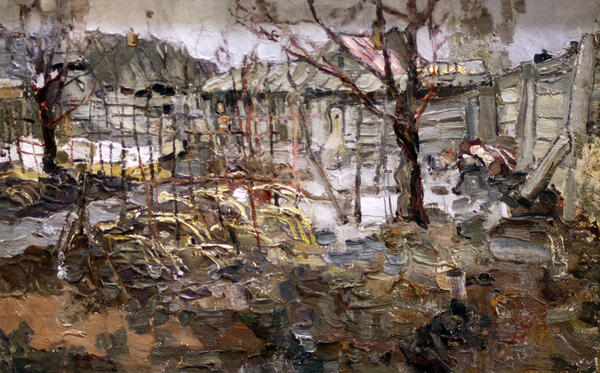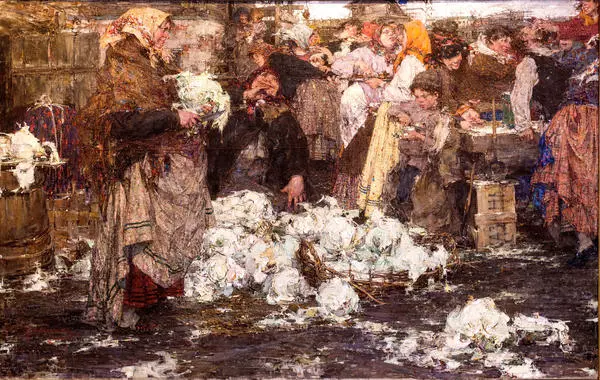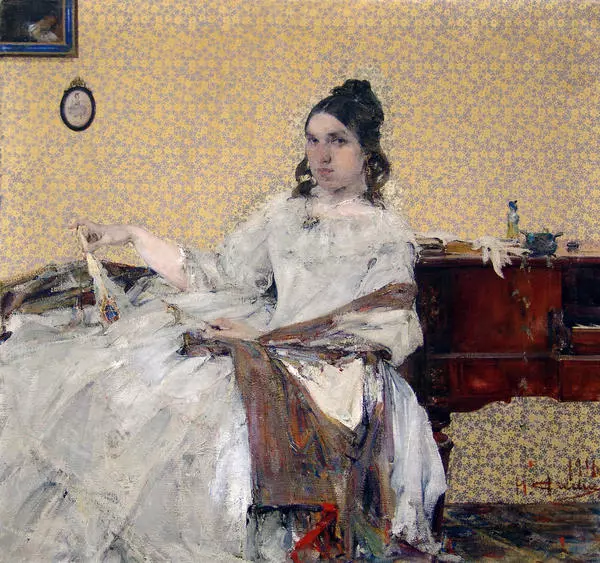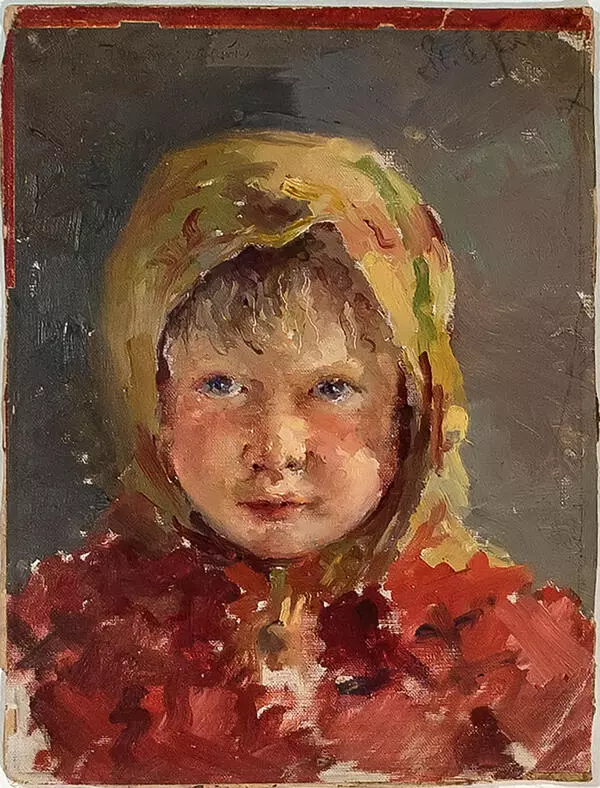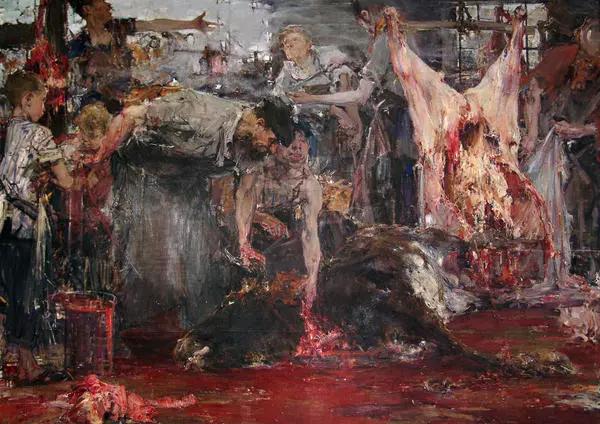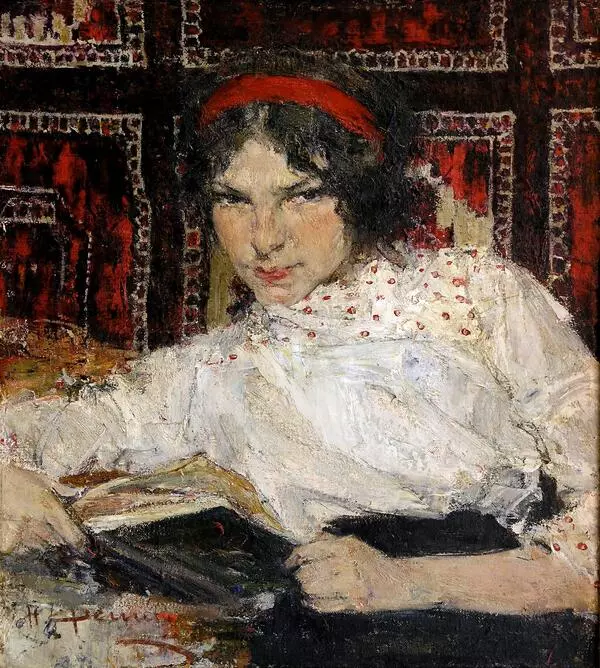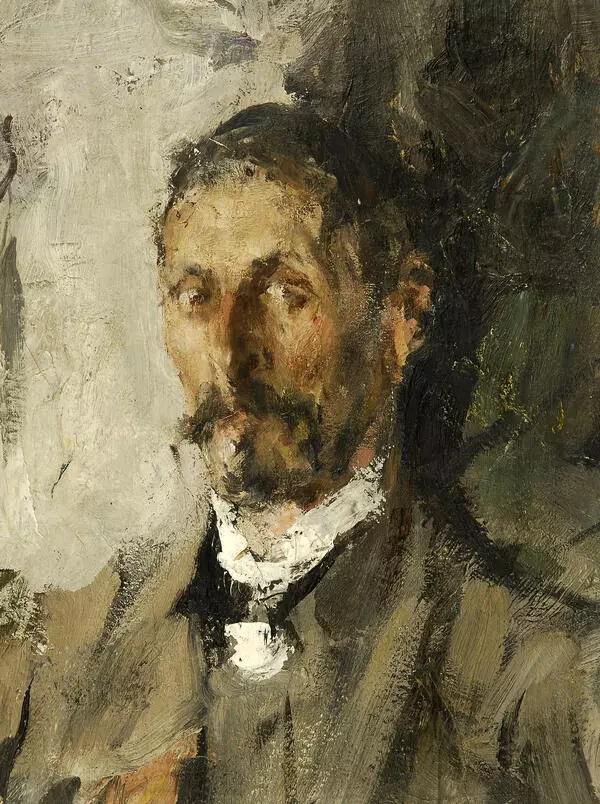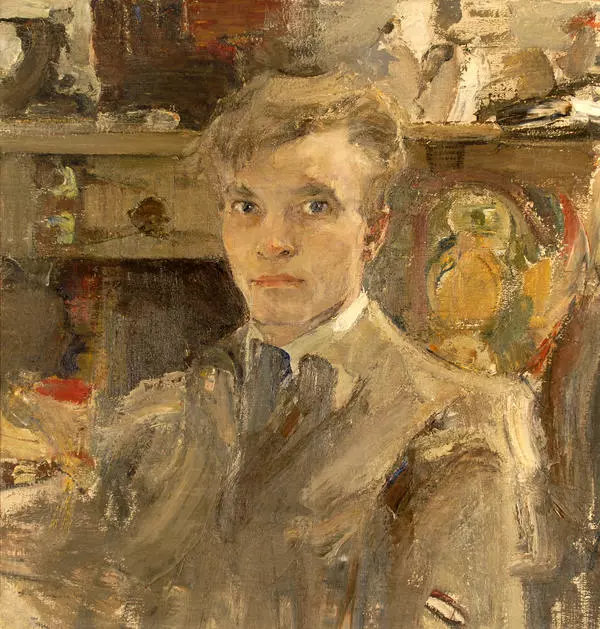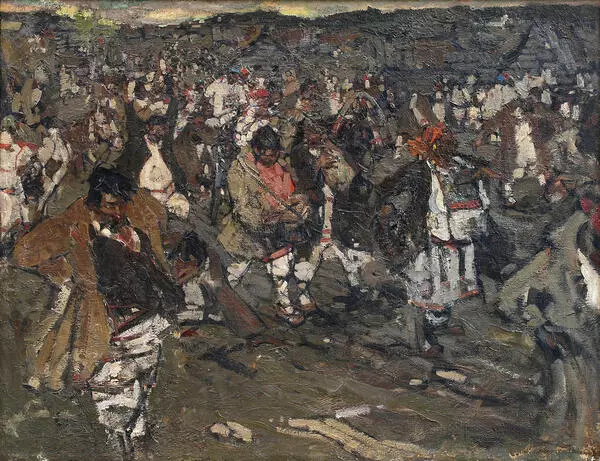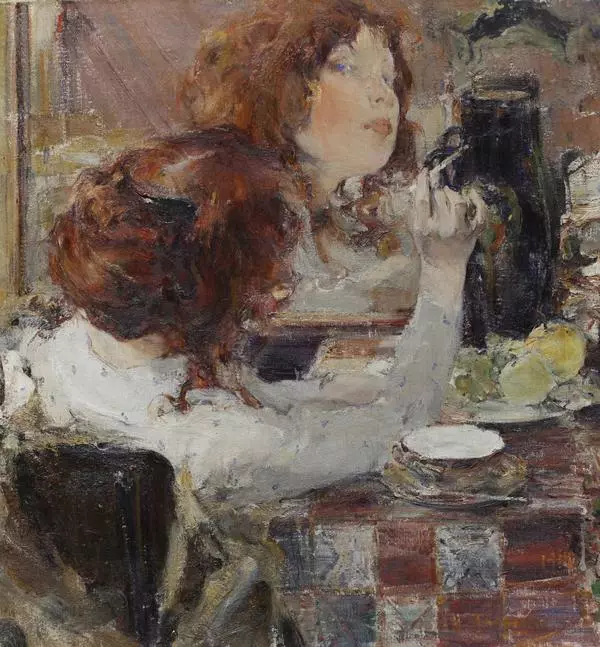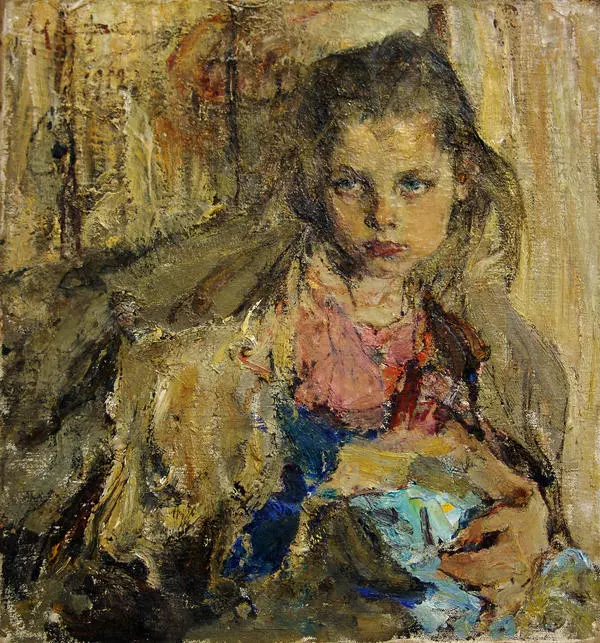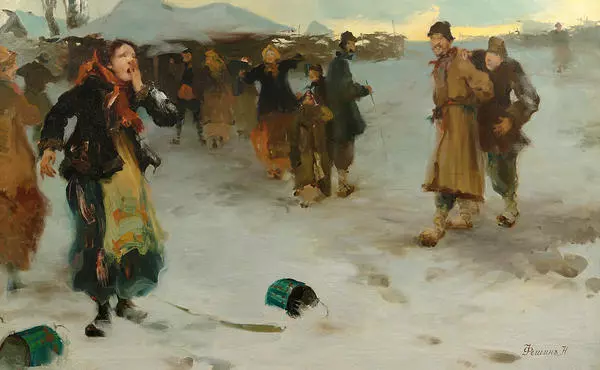Nikolai Ivanovich Fechin was a painter, graphic artist, and a sculptor, a representative of Impressionism and Art Nouveau.
He graduated from the Higher Art School at the Imperial Academy of Arts where he studied in the workshop of the painter Ilya Repin. Afterwards, he returned to Kazan, where he taught at the Kazan Art School.
In 1916, he was elected Academician of the Imperial Academy of Arts. In 1923, he emigrated to the USA, where he lived until his death in 1955.
Nikolai Fechin was famous in Russia and in the United States. He created more than 2000 works, which are in the collections of more than 30 museums in the United States, apart from private collections.
The largest collection of Nikolai Fechin’s works in Russia, totaling 189 paintings, is housed in the Museum of Fine Arts of Tatarstan at the “Khazine” National Art Gallery in the Kazan Kremlin. His art is also exhibited in museums in St. Petersburg, Cheboksary, Kirov, and in private collections.
Fechin’s work was influenced by various phenomena of Russian and foreign culture at the turn of the 20th century. His individual artistic language formed as a result of integration of numerous stylistic trends of the early 20th century. Nikolai Fechin’s works have the basis of academism, the realism of the Peredvizhniki, and the elements of Impressionism, as well as tendencies of Expressionism and the Art Nouveau style.
A significant influence of Art Nouveau is expressed in the choice of subjects. There are more often refined female images than male ones.
Nikolai Ivanovich Fechin is one of the outstanding artists of life drawing of the early 20th century. The artist’s graphic works, which are often as significant as his paintings, are of high artistic value.
The works of the Kazan period, which were created
from 1909 to 1920, are housed in various Russian museums and private
collections. Some of the drawings were taken away by the artist to the United
States, some are known only from reproductions and photographs. Nikolai
Ivanovich turned to studies (i.e. sketches) of nudes in the USA too, during his
life in Taos from 1926 to 1930, and in Los Angeles in the 1940s.

